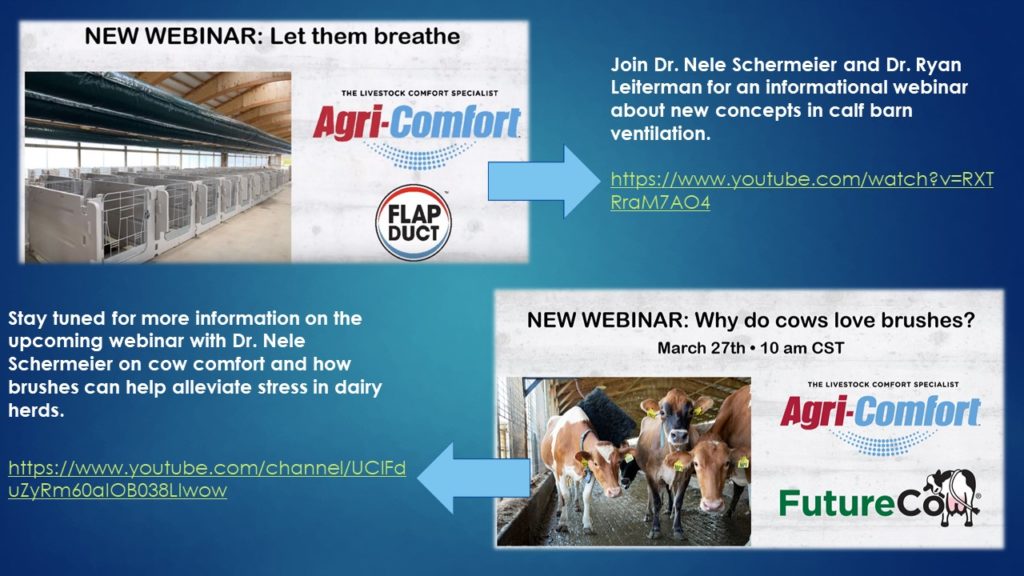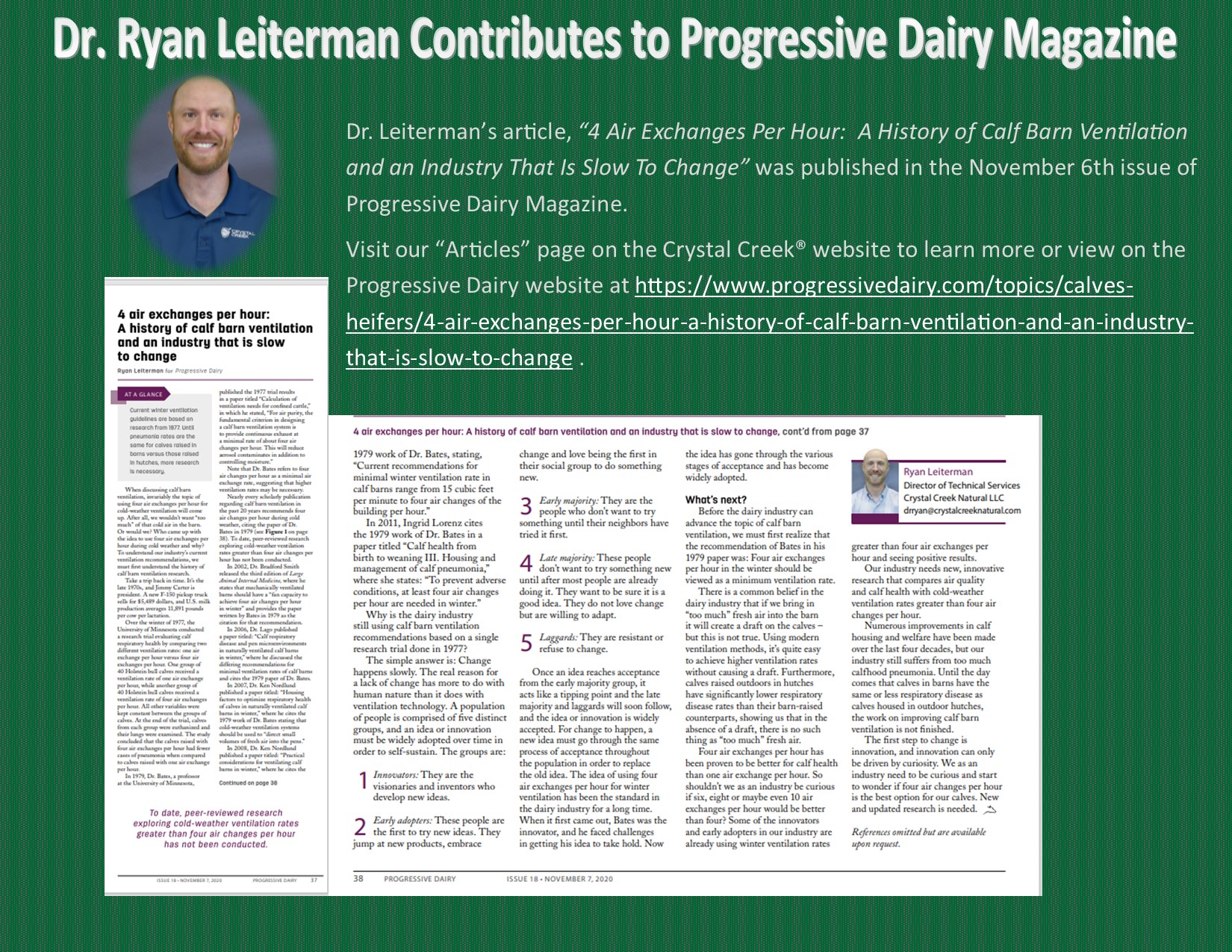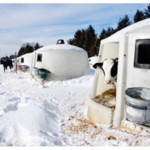How to Effectively Manage High Somatic Cell Counts
Click here to view as a pdf: How To Effectively Manage High Somatic Cell Counts
By Teresa Marker, B.S.
Herd-wide high somatic cell count (HSCC) issues can negatively impact both milk quality and overall farm profitability. A recent study estimated that the cost of subclinical mastitis to the U.S. dairy industry exceeds $1 billion annually. The overall production loss for the average U.S. dairy farm was estimated at $110/cow annually. This loss can be attributed to discarded milk, treatment costs, extra labor costs, milk production losses, culling and death loss. The following article will outline what steps are needed to determine the cause of a high somatic cell count, how to interpret diagnostic test results and how to create a plan to help reduce the overall herd somatic cell count.







